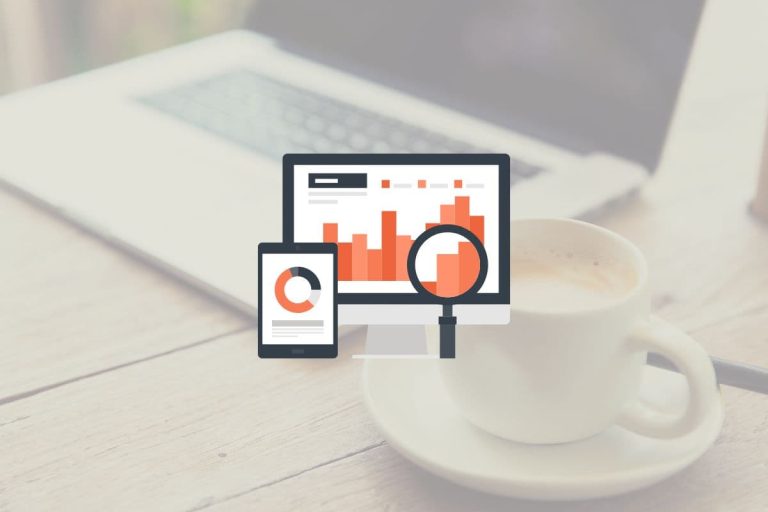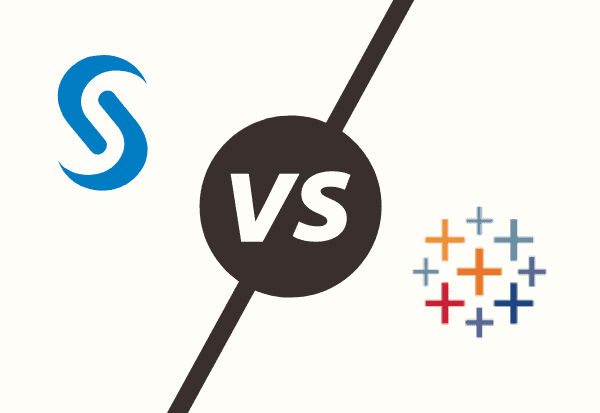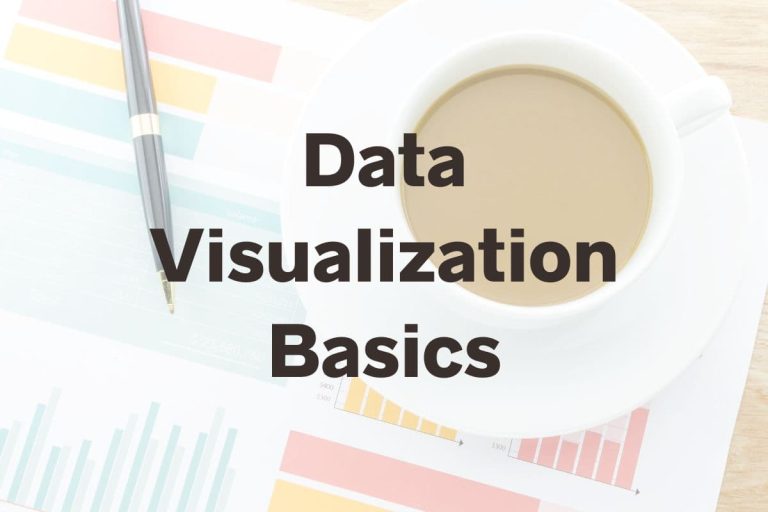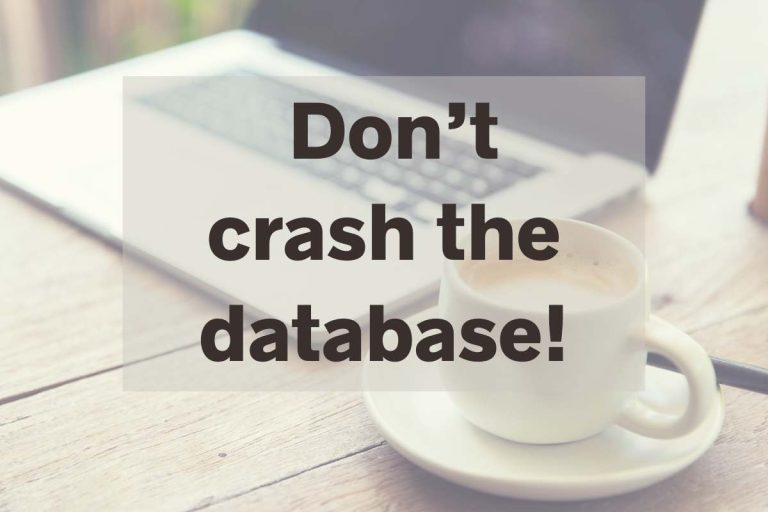10 Proven Benefits of Tableau
Tableau is one of many visualization tools that you can implement to enhance your analytics capabilities, add some level of automation to reports, and help more than just your team of analysts do the analyzing. While there are many tools to choose from, Tableau is consistently a top contender of the software an organization wants to implement, so let’s dive into what the true benefits of Tableau specifically are.
What is Tableau?
Tableau is software that can be used to create interactive reporting with a focus on data visualization. If you want to see your crosstab of rows and columns across the page replicated in Tableau, you’ll be disappointed.
Tableau describes itself as a, ‘… a visual analytics platform transforming the way we use data to solve problems—empowering people and organizations to make the most of their data.”
SEEING your results visually and letting report users self service their questions through interactive elements is where Tableau shines. They have multiple products to get you there from Tableau Prep to using AI.
The benefits of Tableau discussed here are implementing the reporting functionality & the ability to share it like through Tableau Server.
1. Minimal Learning Curve – for developers & users
Deploying any new software comes with a training cost and a learning curve. Tableau has a drag and drop interface with calculations that feel like other software like Microsoft Excel or SQL. This interface makes the learning curve minimal for software in the space.
Tableau was the first data visualization tool I worked with, and within 4 months of starting to use it in an analyst role with just the free Tableau videos I had obtained the base Tableau certification.
This same ease of use applies to users of the reports, as well, and is a clear benefits of Tableau reporting.
It does take some adjusting for users to understand how to interact with a report if they’ve been getting static reports, but this can be remedied with a launch session (& recording for new users). This will be heavily influenced with how well the report is developed with the user experience in mind.
Read more: Does Tableau Need Special Coding?
2. Reduced # of Overall Reports
Organizations really get into overdrive with reports. It doesn’t sound like a big deal until you understand resources required to store and maintain the reports. If they aren’t actually used to drive action within the organization, it’s just an FYI.
How much are you willing to pay for FYIs in the org? You get to decide, but what I love about Tableau is that the interactive reporting has the potential to reduce the overall # of reports needed.
I always recommend you build a new report with an outcome in mind. What action are you or your staff going to take by looking at this report? This drives how often and what gets the front and center attention. While that is key, the underlying data is baked in.
You can hover over a bar on a chart and see a trend line for the past year. You can download the underlying data for a quick ad-hoc look without setting up an entirely new request. This turns every report published with Tableau into a Tableau ad-hoc reporting tool. The ability to answer questions without asking for a fresh report & using the interactivity instead is where the magic happens.
One report can serve multiple purposes which is a huge advantage to using Tableau, so in theory, you’ll need less reports within the organization. Of course, this is true if you keep a framework of how new reports are requested and actually put into queue for creation.
That’s a conversation for another day, though.
3. Easy to Share Results Across the Organization (with Tableau Server)
Whether you’re a team of 5 or 5,000, Tableau allows for you to share your information across the organization with Tableau Server.
Each viewer has a license cost, but with this cost, you can set up guardrails. For example, you can limit the reports that are viewable, the level of interactivity like downloading, and even row-level details of the information based on the user that’s logged in.
Once published, the report is viewable by all that have permission, and you can set up automatic refreshes, notifications, the ability to comment, and more once the report is live on Server.
4. Data Governance
Tableau really strives to be more than your data visualization tool. They understand that adoption of anything new in the business is more than just a tool. Adopting a tool like Tableau means you really need to have a data structure in place that allows for solid data reporting.
I’m sure you’ve heard the garbage in = garbage out reference.
Beyond data quality, there is an understanding that you have an ever-increasing quantity of data with security needs that require monitoring and management, data sources to manage, and data use concerns that all scale to your business.
With that in mind, Tableau offers tools and advice on their site on how and why to integrate the components as part of your data governance initiatives. This keeps growing as they understand the paint points that their users at different levels of the analytics space from the analyst to the leader in the space encounter.
5. Combine Information from Multiple Sources
The ability to pull in data from any location sounds crazy, but I haven’t found something I couldn’t interact with Tableau with yet. Sometimes there are work-arounds, but for the most part, connect & analyze.
This is true even if you want to connect with more than 1 source for a report. Then the process is connect to the sources, specify how they relate to each other, and analyze.
Sometimes this is better to do outside of the tool, and I have built many reports in Tableau using SQL views to join there. There is a performance cost if you’re dealing with large datasets to not do some level of aggregation and summarization elsewhere, but Tableau can handle what you throw at it.
And since data integration between software can be a pain, this is one of the true benefits of Tableau functionality. You can integrate your systems into a cohesive reporting platform in an easy to share way.
6. Mobile Capabilities
Every organization but two that I’ve worked with has been reluctant to use Tableau Mobile because of security concerns.
One of those loved how staff in the field could know what they needed while out of the office with logistics operations staff at plants and rail yards. Building for mobile is a different beast. We want all the numbers, but how it scales to a smaller screen needs to be considered.
They were still early in the Tableau adoption cycle, but I helped them shift to mobile first developing process. When you have a tiny screen, you really start to question what someone needs to see first.
In this use case, it integrated with the Microsoft Single Sign-On, and to access all company information on your phone, it required Microsoft’s Authenticator. Screenshots were blocked, and all of the other layers of security in Tableau applied. It was a great combination for the logistics organization.
7. Active Community
I personally have so much experience with so many tools, but hands-down, the community in the Tableau form and all over social media – from Twitter to YouTube, is the most engaged and willing to share.
Whether you need a developer style question, server, or anything else, there is a way to ask a question and get an answer.
Half of the battle of this tool is reframing your expectations on what it does, so Tableau encourages online visualization sharing through a Viz of the Day email. They scour Tableau Online for public workbooks, and then share them via email, and efforts like this show you what is possible with Tableau.
Then there is Makeover Monday NOT started by Tableau that is described as a “…your weekly learning and development appointment with yourself and hundreds of passionate data people. For free!” It started with an analyst that would see a graphic in the news that had a public dataset, and he’d rework it using data visualization best practices. The results were shared on the blog & Twitter, and it became a fixture in the data community for sharing and learning.
While all tools have some ability to search for what you need, you certainly won’t find such a community for any other tool I’ve encountered so far at least.
8. Data-driven business decisions FOR ALL
I learned so much from working with the logistics team in building out their analytics using Tableau. Large corporations in finance and insurance seem almost weighed down by their data and reporting needs, but the manufacturing company made it a priority to truly be innovated and nimble.
The leadership team knew their gaps, and the reporting needed to solve for those windows of opportunity. Ad-hoc reports for a one-off need. Sure. Document for a re-run down the road if needed, but every other organization I’ve worked with wanted it recurring. Just in case. What a drain?!
They wanted the information needed in the hands of those that needed it. Only when it was needed. They didn’t want reports cluttering up someone’s workday. They wanted the entire team in operations to layer in analytics in their role. Not necessarily by developing reports but by being able to use the reports to drive action in their day.
That’s why this is a benefit of Tableau, by having interactive reports, you can have a staff that can analyze their role within a report to drive business decisions. It’s game-changing.
9. Improve experience with your company
If you can analyze how a customer interacts with your company, you can then begin to understand your customer’s pain points – whether it be through the product or the interaction itself!
My first experience with Tableau was for a call center operation. There was a side-group that handled a specific back-office type of correspondence. My first Tableau creation was simply to give their leaders a dashboard just to understand volume, handling time, and aged items. They weren’t coming at it from a place of KPIs.
But I gave them some. I wish I could share the experience of walking the senior leader through the first draft. I could almost SEE the light bulb going off by having this magic window appear.
Within a week, she had the group’s performance improved by 20%. The report had barely made it to production, but she had improved the handling time for actual customers through 1 glance at a report that let her dive into why.
The right reporting in the hands of the right parts of your organization is where you can see action from data are the benefits of using Tableau.
10. Faster Analytics Across the Org
We have so many pieces of our lives – at work and at home – hoping to catch our attention. Having information at your fingertips to make decisions and do the work you do can be a game-changer for your day & is one of the key benefits to Tableau platforms.
Having a centralized repository for reports like on Tableau Server can help spread information that another part of the business put together that another part can use, as well. No sharing Excel spreadsheets on a shared drive or bouncing around email hoping you have the latest version.
Being able to access the work of analysts across the business means you aren’t operating in a silo. You can be more strategic with the information that a neighboring part of the business has put together & deemed important to them, as well.
It’s truly incredible to have the data at your finger tips WHEN YOU NEED IT!
Read more: Is Tableau Hard to Learn?






